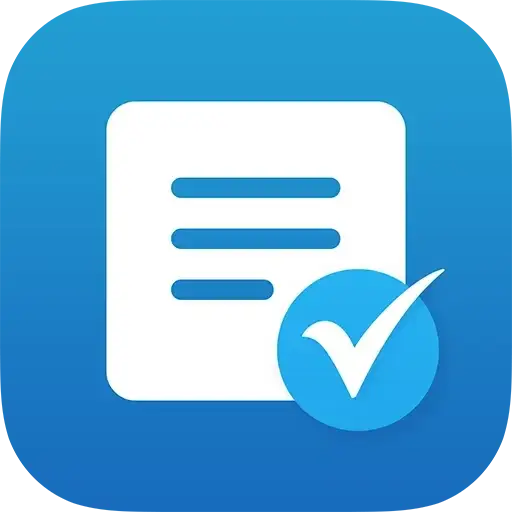California Temporary License Plate requirements are no longer optional—every retail delivery must follow AB 516 to the letter. This guide distills the key California Temporary License Plate requirements dealers need to master to stay penalty-free and protect their DMV license.
Why AB 516 Matters
Assembly Bill 516 closed the “no-plate” loophole by mandating scannable Temporary License Plates (TLPs) on every new or used vehicle that leaves a dealer’s lot without permanent metal plates. Violations can trigger a $5,000 civil penalty and even suspension of your occupational license.
When Must Dealers Issue Temporary License Plates?
- Retail sales: A TLP must be assigned and affixed before the buyer drives away.
- Wholesale-to-retail flips: The retailing dealer—not the wholesaler—must generate the TLP.
- Out-of-state deliveries: A TLP is still required if the buyer takes delivery in California, unless the vehicle is transported out of state on a car carrier.
- Courtesy deliveries & rentals: Same rule—no vehicle may operate on public roads without a TLP or permanent plates.
Printing & Display Standards
- Each plate is printed on DMV-approved weather-resistant paper via an ink-jet printer.
- Plates must show: TLP number, Report of Sale (ROS) number, full VIN, make, model, and a 90-day expiration date.
- A unique QR code links back to the DMV database for law-enforcement validation.
- Securely fasten one plate to the rear—use the front only if no permanent front plate exists.
Timeline Tied to the Report of Sale (REG 51)
| Action | Max. Days After Sale | Key Rule |
| Complete ROS & issue TLP | Day 0 | Must be done before vehicle leaves lot |
| Submit ROS copy to DMV / BPA provider | 5 calendar days | Vehicle Code § 4456 |
| Submit full registration docs & fees | 30 calendar days | Dealer may not pass late fees to buyer |
BPA / Quick Tags Workflow
- Scan or enter buyer & vehicle data into your BPA or Quick Tags system.
- System validates fees, assigns unique TLP & ROS numbers, and stores data for nightly batch upload to DMV.
- Print two TLPs plus the temporary registration card; affix plates and give card to buyer.
- Transmit registration package or electronic filing fee (as applicable) within statutory deadlines.
Customer Disclosures
- Provide the buyer with the Temporary Registration card showing the TLP number and expiration date.
- Explain that the plate expires in 90 days or at the installation of permanent plates—whichever comes first.
- Advise buyers that altering or covering the QR code is illegal.
Common Violations & Penalties
- Letting a vehicle leave the lot with the ROS in the window but no TLP.
- Manually altering print size, margins, or expiration dates.
- Failing to submit fees within 30 days, causing avoidable penalties buyers cannot be charged for.
Statewide enforcement sweeps routinely cite dozens of dealers; repeat offenders may face suspension or revocation of their dealer license.
Best Practices to Stay Compliant
- Keep an ample supply of DMV-authorized TLP paper and ink on hand—never reuse sheets.
- Run a daily “pending ROS” report to confirm all sales have matching DMV uploads.
- Train every salesperson to verify TLP installation during the final walkthrough.
- For out-of-state deliveries, document carrier pickup with photos to prove the vehicle never operated on California roads.
- Audit BPA fee calculations weekly to spot under- or over-collections early.
Sources
AB 516 (California Legislative Information)
DMV Vehicle Industry Registration Procedures Manual – Temporary License Plates
DMV Business Partner Automation (BPA) Program
Report of Sale (REG 51) – DMV Manual


